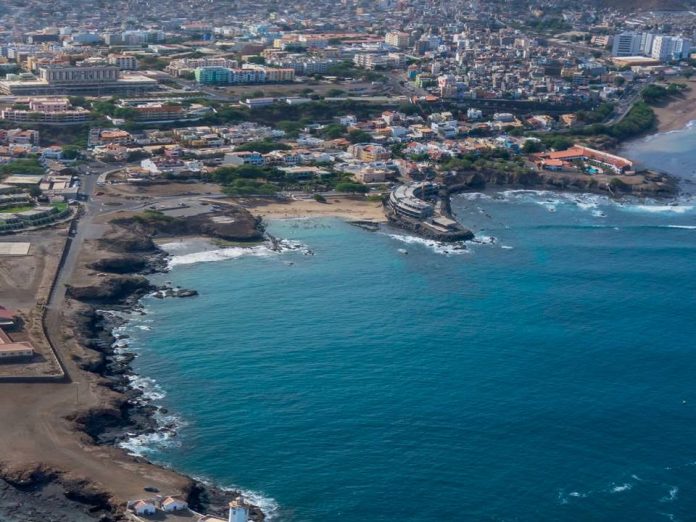
By Carolina Latorre
Policies are blueprints through which we transform vision into reality.
So when the sixth Sustainable Development Goal (SDG6) incorporated the human rights to safe drinking water and sanitation (HRWS), nations called on policy architects and regulators to sharpen their pencils and draft blueprints for this new pragmatic governance. To be sure, governance can encompass everyone from legislators to operators to service providers and water users. But few are more instrumental to the HRWS blueprint than regulators.
So where do decision-makers start, when drafting each ambitious new policy blueprint? What are the implications of new norms? Who measures the consequences for the operations and management of public or private actors? How does one “translate” broad objectives into readable and operational terms?
Rights-based regulation
In answer to such questions, former UN Rapporteur Catarina de Albuquerque stressed the need for state action, writing in the UN handbook Realizing the Human Rights to Water and Sanitation.
Following this, a taskforce of IWA members developed a manual for a broader group of complementary practitioners. Each HRWS translation must customise the regulatory approach to specific settings and unique needs. Doing so requires multiple languages and an open, inclusive, participatory, and equitable process.
That may sound difficult. But the Portuguese Water and Waste Services Regulation Authority (ERSAR) has shown that it is both possible and empowering.
Portuguese water sector authorities have long been vocal and engaged partners in international initiatives that translate goals like the human rights to water and sanitation into national strategic plans.
Portugal’s legislators enshrined such principles into national public policy.
Yet it was regulators who realised this right in strategic operational plans. That was the critical step in giving SDG 6 a real form and meaning as well as a way to measure progress in water and sanitation through a human rights approach.
Universal access is a priority
The Portuguese water authority promoted universal access to water services progressively, one step at a time. It reinforced rights to service provision with the parallel right to uninterrupted supply, the right to information, the right to complain, and the right to have the complaint addressed in due time.
However, the obligation to respect, protect and ensure the human rights to safe water and sanitation does not mean these services must be free of charge. This helped address a related challenge: how to reconcile competing demands for human rights and for operational revenue.
Rights-based rate structures
ERSAR’s architects played a leading role in recommending tariff measures such as tariff structures for domestic and non-domestic users. The Portuguese authority also uses an affordability indicator within the set of indicators of quality of service, assessing the situation in every annual regulatory cycle. It recommends the use of social tariffs and tariffs for large families as a means of introducing equity between different groups of users.
There’s still room for progress. Access to services by vulnerable and marginalised groups – the homeless, uprooted populations, families without fixed residence, and individuals with some form of physical disability – remains a priority deserving more attention.
Beyond a nation’s borders
ERSAR is working beyond the country’s borders with other Portuguese-speaking countries. In Brazil and Cape Verde, regulatory authorities have advanced bilateral cooperation initiatives, agreements, high-level meetings, and working groups.
Such exchanges help regulatory architects in these other countries translate tools and models that have worked in Portugal, while allowing flexibility to adapt to local conditions. Among the areas of focus are strategic regulation, internal organisation, data collection, fees and penalties, performance assessment indicators, and tariff setting for economic stability.
The ERSAR opportunity is spreading, forging Lusophone linkages to regulators in Angola, Brazil, Cape Verde, Guinea Bissau, São Tomé and Príncipe, Mozambique, and East Timor. Yet water regulators face similar challenges from SDG 6 everywhere on earth.
Indeed, training and translations of the manual on the HRWS introduced a practical tool. But it is only one tool, much as a pencil is a basic tool for architects. It is now up to the water professional, wherever, to use that pencil to draft a working blueprint that realises rights-based regulation in each specific place and population.







